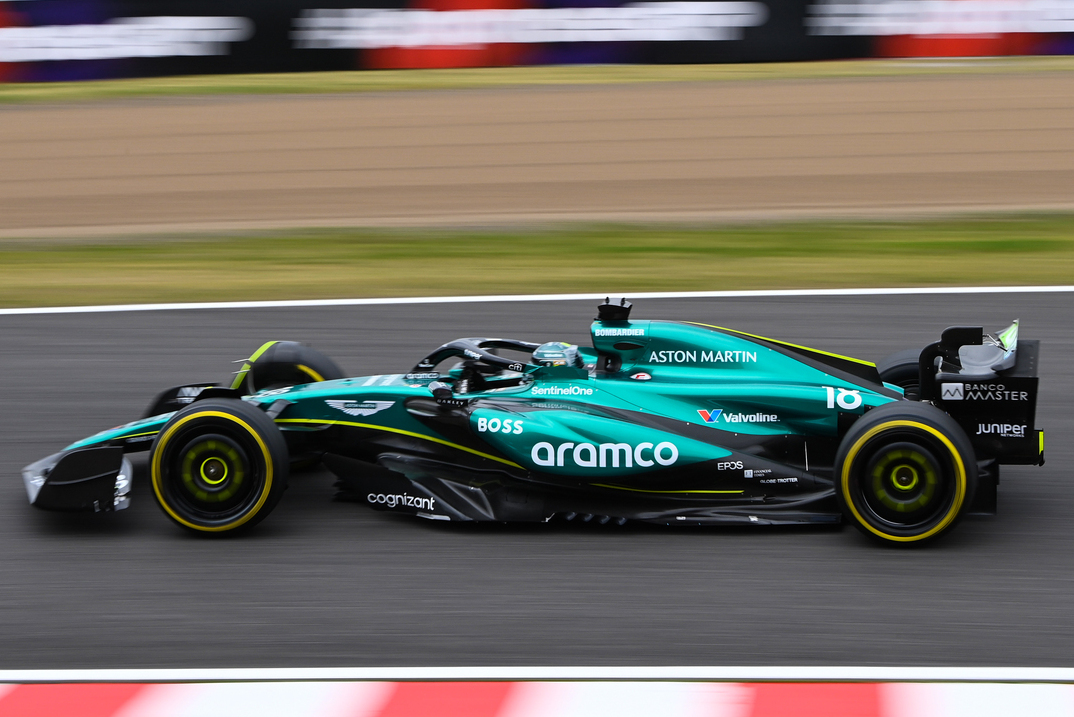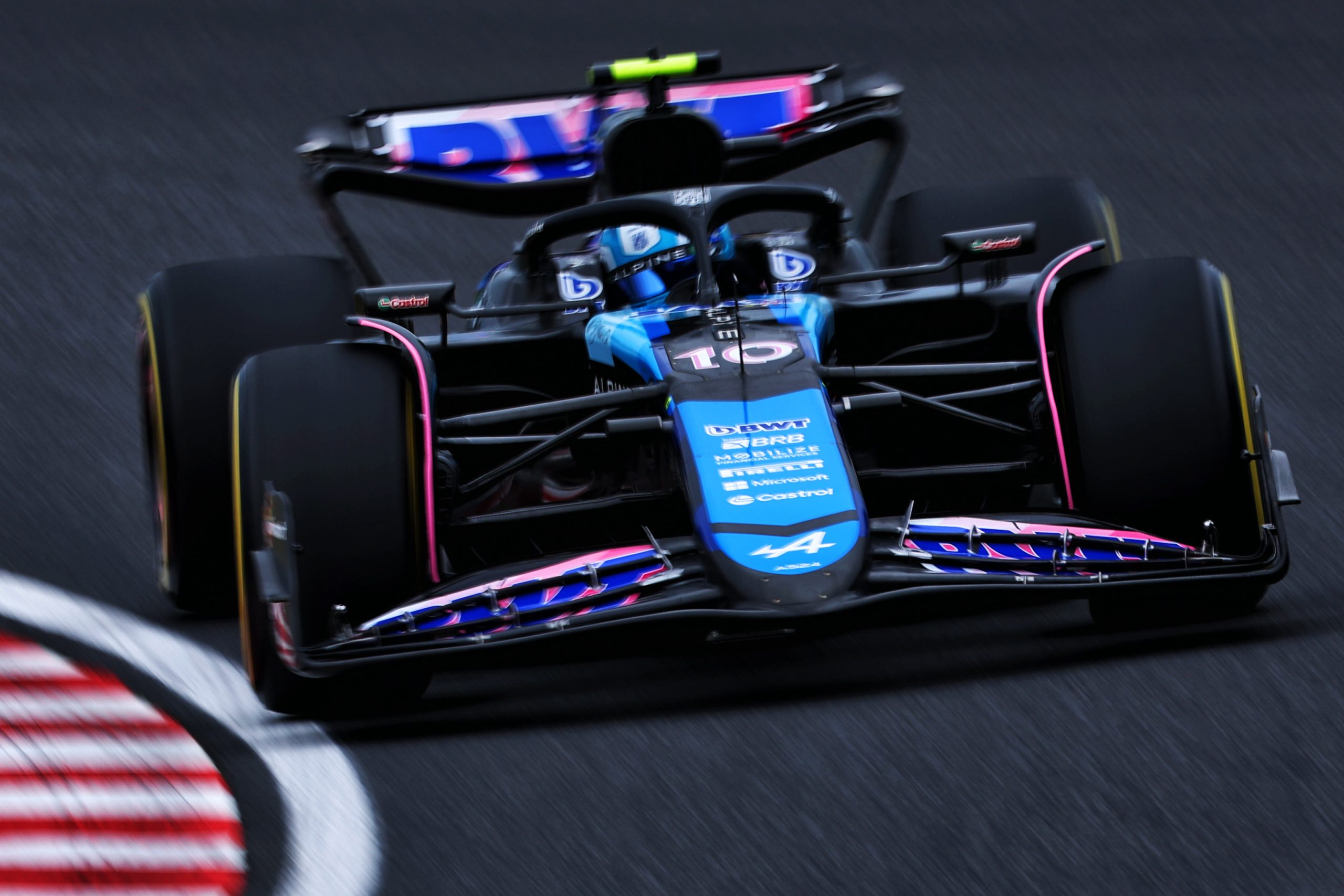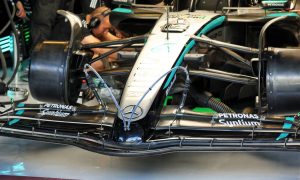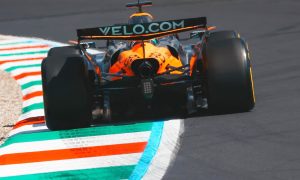
With this weekend’s fourth round of racing in Japan, F1 teams are starting to initiate in earnest their development programmes.
Suzuka’s popular layout is dominated by a series of medium and high-speed corners, demanding exceptional downforce for grip. However, this year's earlier race date in Japan coincides with cooler temperatures, impacting tyre behavior and overall car performance.
To tackle these combined challenges, most teams have implemented a range of circuit-specific adjustments to their cars, but also changes that cater to the longer-term profile of their designs.
Red Bull Racing and Aston Martin are particularly aggressive this weekend in their approach, while Mercedes and Haas are the only outfits that have opted not to introduce new parts in Japan.
Red Bull’s RB20 has received updated sidepod inlets, a further optimized floor body and floor edge to extract more load locally, and circuit specific smaller inlet and exit ducts for the car’s front brakes in line with Suzuka’s low brake energy demands.
Over at Aston Martin, the team’s AMR24 also presents a modified floor body to improve the flowfield under the element, increasing the local load generated on the lower surface.
Complementing these changes are revised floor fences and floor edges, while changes to the shape of the rear diffuser on its top surface are destined to improve flow characteristics.

The Silverstone-based outfit charger also features a revised shoulder on its engine cover that works in conjunction with the changes to the car’s upper surface of the floor. The bodywork also includes cooling options. Finally, changes to the sections and incidence of the AMR24’s beam wing are part of Aston’s overall aero package.
Ferrari’s updates include a higher downforce top rear wing on the Scuderia’s SF-24 and a lower beam wing design, both of which have been implemented in the anticipation of possible rainy and low grip conditions. The Italian outfit has also added on its car a reprofiled, non-circuit specific, rear top wishbone rearward leg fairing.
McLaren’s upgrade in Japan is limited to a circuit specific, low cooling front brake duct.
Alpine’s A524 features a modified front wing intended to produce more efficient drag saving, a revised ducting arrangement of the front brake drum, and a more traditional non-biplane rear beam wing to increase load in the floor area.

Williams has implemented an updated front wing endplate that affects the flow field further rearward on the car, improving overall downforce. A revised rear wing features smaller upper elements for the purpose of providing an efficient drop in downforce and drag. The latter work with a revised beam wing to directly lower the load generated by the rear wing assembly.
RB’s VCARB01 has been updated with a modified floor body that features new floor fences and underfloor profiles, and a reprofiled floor edge and wing to increase loading of the area.
Finally, the only modification on Sauber’s C44 is a redesigned floor body destined to improve the airflow and stability of the car, improving the aero efficiency of the whole package.
Keep up to date with all the F1 news via Facebook and Twitter






